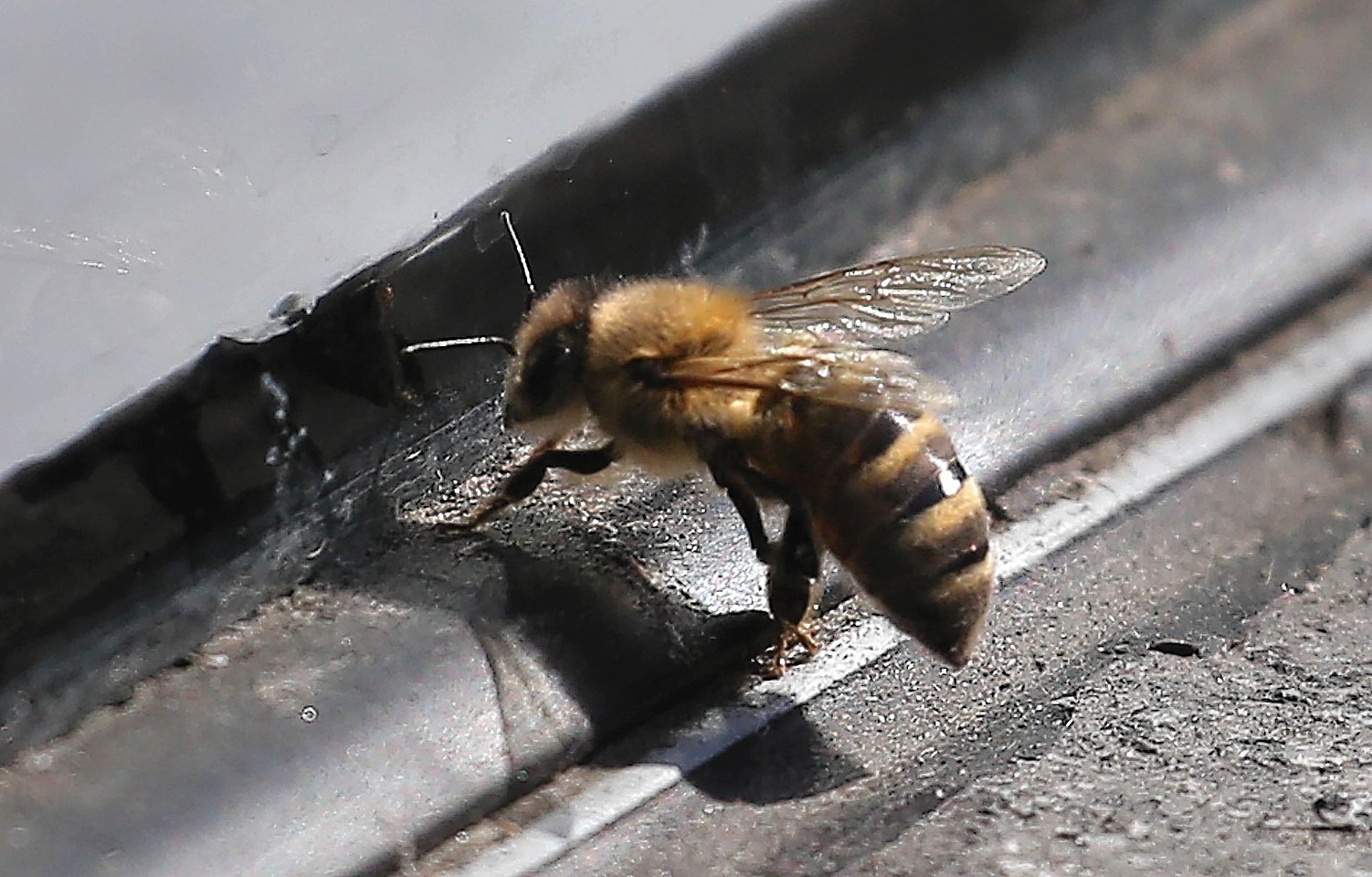A hive of honeybees near Inverness has been destroyed after it was confirmed as being infected with American foulbrood (AFB) disease.
The Scottish Government confirmed the case at an apiary in Scaniport yesterday after official tests revealed it was a case of the deadly disease.
Bee farmers and keepers are being advised to be aware of the disease and be vigilant for signs of it.
There is no treatment for the disease and infected colonies must be destroyed.
AFB is a bacterial disease which attacks and kills bee larvae through consuming all the body tissues.
AFB spores can remain in the environment for many years and the disease is difficult to eliminate.
There are no implications for public health and no implications for the quality and safety of honey.
The movement of bees and related equipment into or out of the apiary has also been enforced.
A Scottish Government spokesman said: “The AFB infected hive has been destroyed as there is no permitted treatment for the disease in the UK. There are no risks to public health from AFB and no implications for the quality and safety of honey.
“Bee farmers and beekeepers are being urged to be vigilant for signs of the disease, to maintain good husbandry practices and to notify any suspicion of disease to Bees-Mailbox@gov.scot.
“Classic signs of the disease are sunken cappings on cells, which when uncapped reveal dead larvae in various stages of decomposition. The larvae have a caramel like, light to dark brown consistency and when drawn out, the decomposing material strings out rather than snapping off – the ropiness test.”
Unlike the European foulbrood, hives with AFB can not be treated and must be destroyed.
Both are notifiable diseases under The Bees Diseases and Pests Control (Scotland) Order 2007.
Other outbreaks of AFB in Scotland last year occurred in apiaries in Glen Isla, Coupar Angus and Alyth, and in 2013 there were outbreaks in Tarland in Aberdeenshire and Strathglass.
